The sonata, as a musical form, reached its zenith during the Classical period, roughly spanning the mid-18th to early 19th centuries. This era, dominated by the likes of Haydn, Mozart, and Beethoven, saw the sonata evolve from a relatively simple structure into a sophisticated and expressive vehicle for musical thought. The Classical sonata became a cornerstone of Western art music, influencing generations of composers and performers alike. Its enduring legacy continues to shape our understanding of musical form and expression.
At its core, the Classical sonata is a multi-movement work, typically consisting of three or four movements arranged in a fast-slow-fast sequence. The first movement, often in sonata-allegro form, presents a thematic contrast between two main ideas, develops them through harmonic exploration, and then restates them in a recapitulation. This structural framework allowed composers to create a sense of narrative and dramatic tension within purely instrumental music. The second movement, usually slower and more lyrical, provided emotional contrast, while the final movement frequently returned to a lively tempo, often in rondo or sonata-rondo form.
Haydn's contribution to the development of the Classical sonata cannot be overstated. While he didn't invent the form, his innovative approach to thematic development and harmonic structure laid the groundwork for what would become the mature Classical style. His keyboard sonatas, particularly those written after 1770, demonstrate an increasing sophistication in their treatment of musical material. The so-called "Sturm und Drang" sonatas from this period reveal a new emotional depth and technical complexity that would influence his younger contemporaries.
Mozart brought an unparalleled melodic gift to the sonata form. His piano sonatas, while sometimes considered less revolutionary than his other works, display an effortless mastery of Classical proportions and an uncanny ability to balance structural rigor with expressive freedom. The famous Sonata in C Major, K. 545, often called the "Sonata Facile" or "Easy Sonata," belies its technical accessibility with profound musical sophistication. Mozart's sonatas frequently feature operatic qualities, with melodies that seem to sing and dialogue-like exchanges between musical voices.
Beethoven's sonatas represent both the culmination of the Classical tradition and the gateway to Romanticism. From his early works, which show clear influence from Haydn and Mozart, to his revolutionary late sonatas, Beethoven expanded the technical and expressive possibilities of the form. The "Moonlight" Sonata (Op. 27 No. 2) broke conventions by opening with a slow movement, while the "Hammerklavier" (Op. 106) pushed the boundaries of piano technique and musical duration. Beethoven's treatment of the sonata form became increasingly personal and idiosyncratic, transforming it from a conventional structure into a vehicle for profound individual expression.
The piano sonata dominated the Classical period, owing much to the simultaneous development of the fortepiano. This new instrument, with its ability to play both softly and loudly (hence the name "pianoforte"), offered composers a wider dynamic range and greater expressive potential than the harpsichord. The evolving technology of piano building directly influenced the compositional style of sonatas, with later works by Beethoven demanding instruments that were stronger and more resonant than those available to his predecessors.
Chamber sonatas, particularly those for violin and piano, also flourished during this period. Mozart's violin sonatas elevated the genre from simple keyboard works with optional violin accompaniment to true duets between equal partners. Beethoven's "Spring" Sonata (Op. 24) and "Kreutzer" Sonata (Op. 47) further developed this concept, creating dramatic dialogues between the two instruments that prefigured the passionate expressivity of Romantic chamber music.
The Classical sonata's influence extended far beyond its own time period. Its formal principles became the foundation for much larger works, including symphonies, concertos, and string quartets. Even as Romantic composers began to stretch and sometimes break the Classical sonata form, they did so in conscious relation to the established conventions. The sonata's emphasis on thematic development, harmonic tension and resolution, and structural balance created a musical language that remains fundamental to Western art music today.
Modern performances of Classical sonatas often grapple with questions of historical authenticity. Should these works be played on period instruments, attempting to recreate the sound world the composers knew? Or do modern pianos, with their greater power and sustain, allow for a more faithful realization of the composer's musical vision? These debates reflect the enduring vitality of the Classical sonata tradition and its continued ability to engage musicians and audiences alike.
For students of music, the Classical sonata remains an essential area of study. Its clear formal structure provides an ideal framework for understanding musical composition, while the masterpieces of Haydn, Mozart, and Beethoven offer endless opportunities for technical and interpretive development. The sonata's combination of structural rigor and expressive freedom makes it a perfect microcosm of Classical era aesthetics - a balance between reason and emotion that continues to resonate with listeners centuries after its creation.
The legacy of the Classical sonata is evident in its ubiquitous presence in concert halls, recording catalogs, and pedagogical repertoire. From the first simple binary forms of the early Classical period to Beethoven's monumental late works, the sonata's evolution mirrors the broader development of Western musical thought. Its capacity for both formal perfection and personal expression ensures that these works remain as compelling today as they were when first composed, a testament to the enduring power of the Classical tradition.
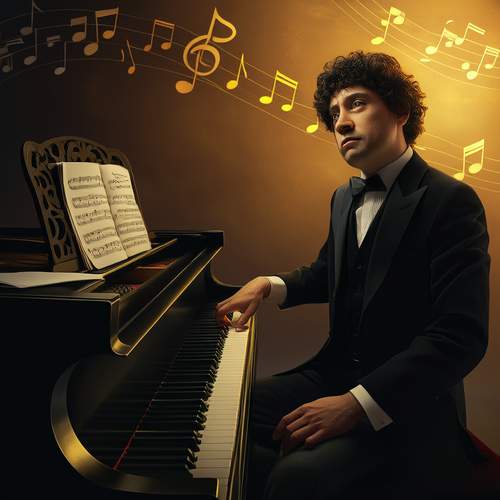
By /May 30, 2025
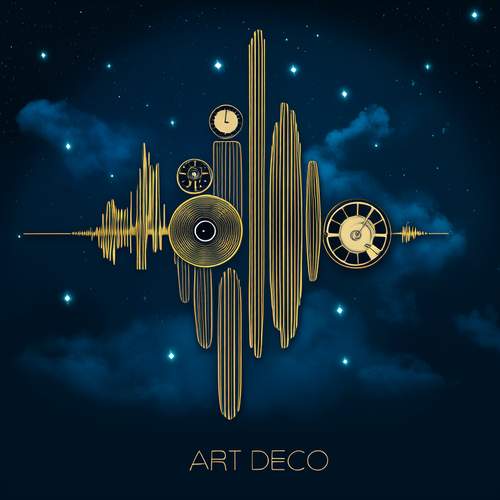
By /May 30, 2025
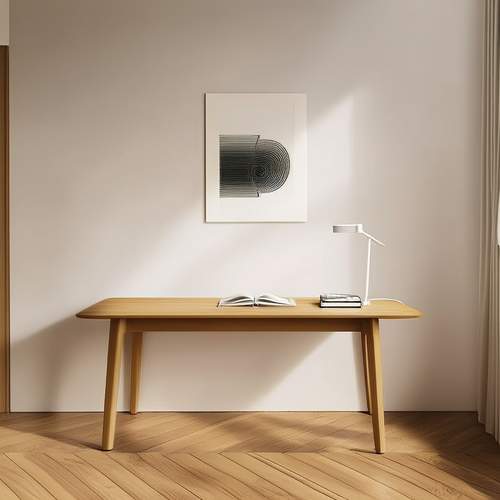
By /May 30, 2025
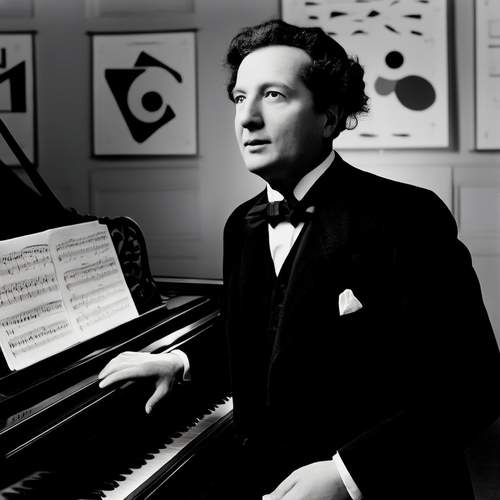
By /May 30, 2025
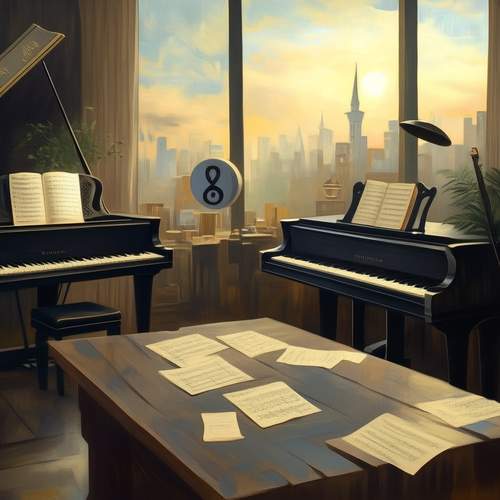
By /May 30, 2025
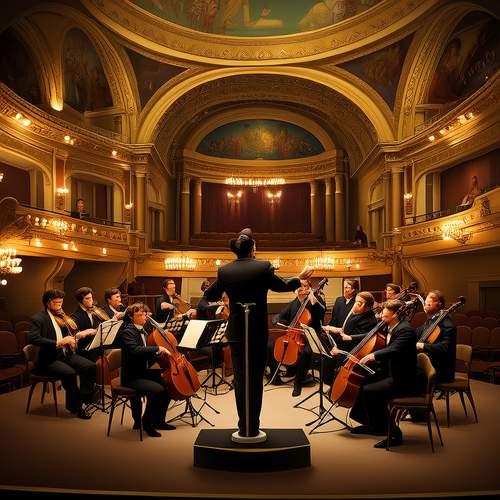
By /May 30, 2025
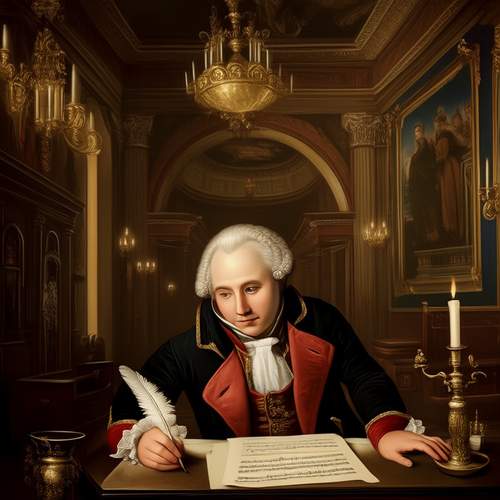
By /May 30, 2025
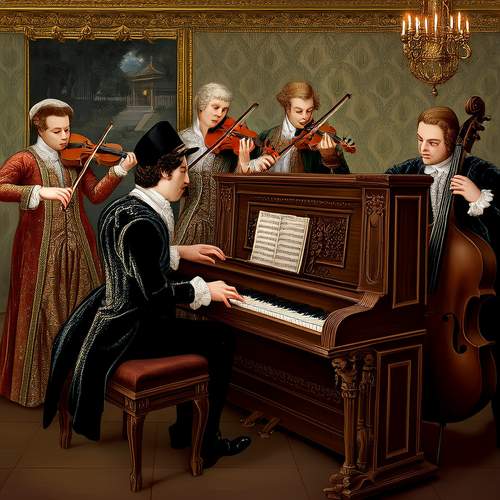
By /May 30, 2025
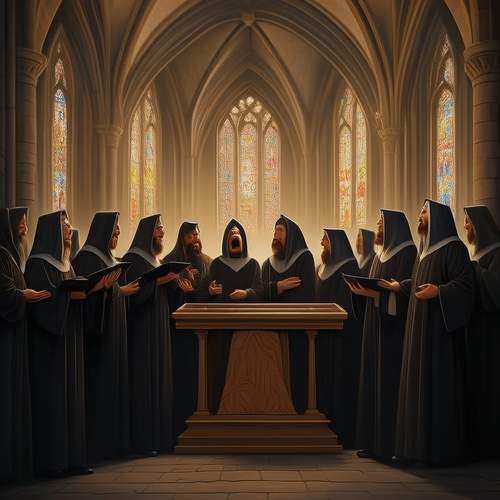
By /May 30, 2025
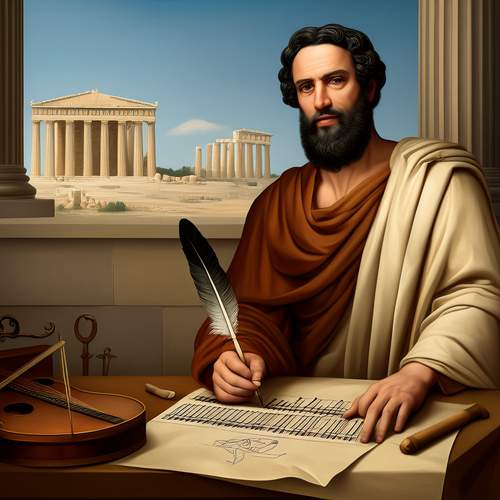
By /May 30, 2025
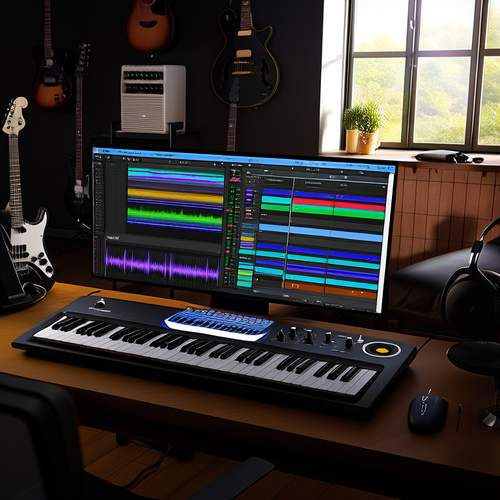
By /May 30, 2025
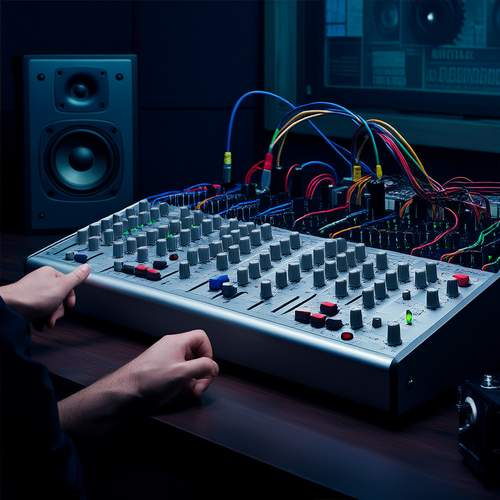
By /May 30, 2025
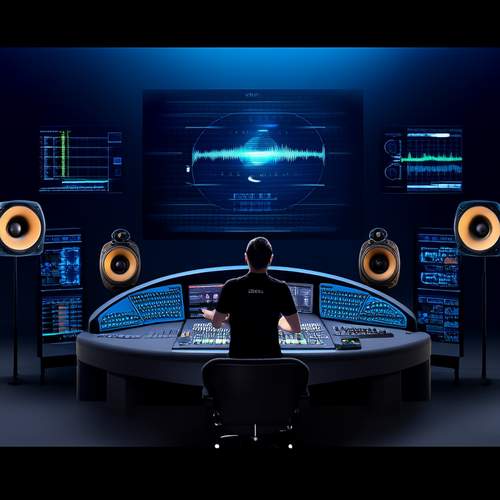
By /May 30, 2025

By /May 30, 2025
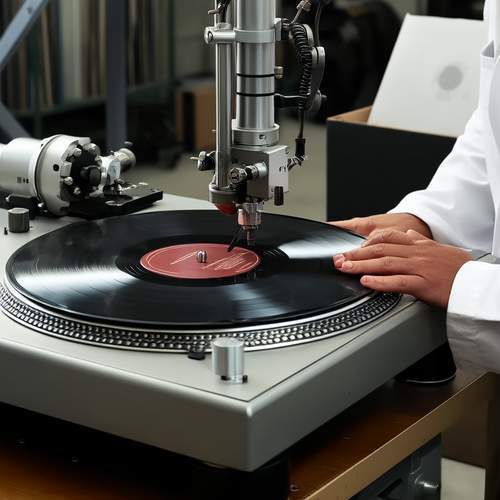
By /May 30, 2025
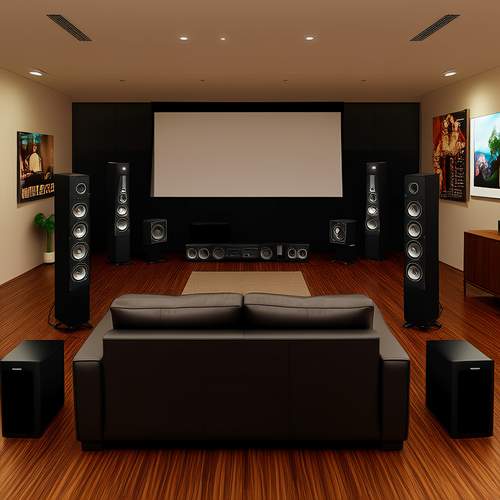
By /May 30, 2025

By /May 30, 2025

By /May 30, 2025
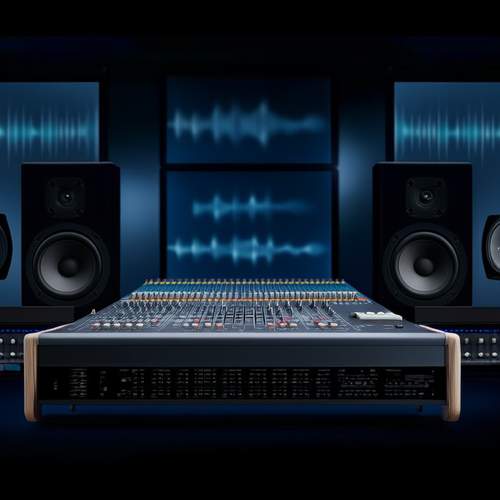
By /May 30, 2025

By /May 30, 2025